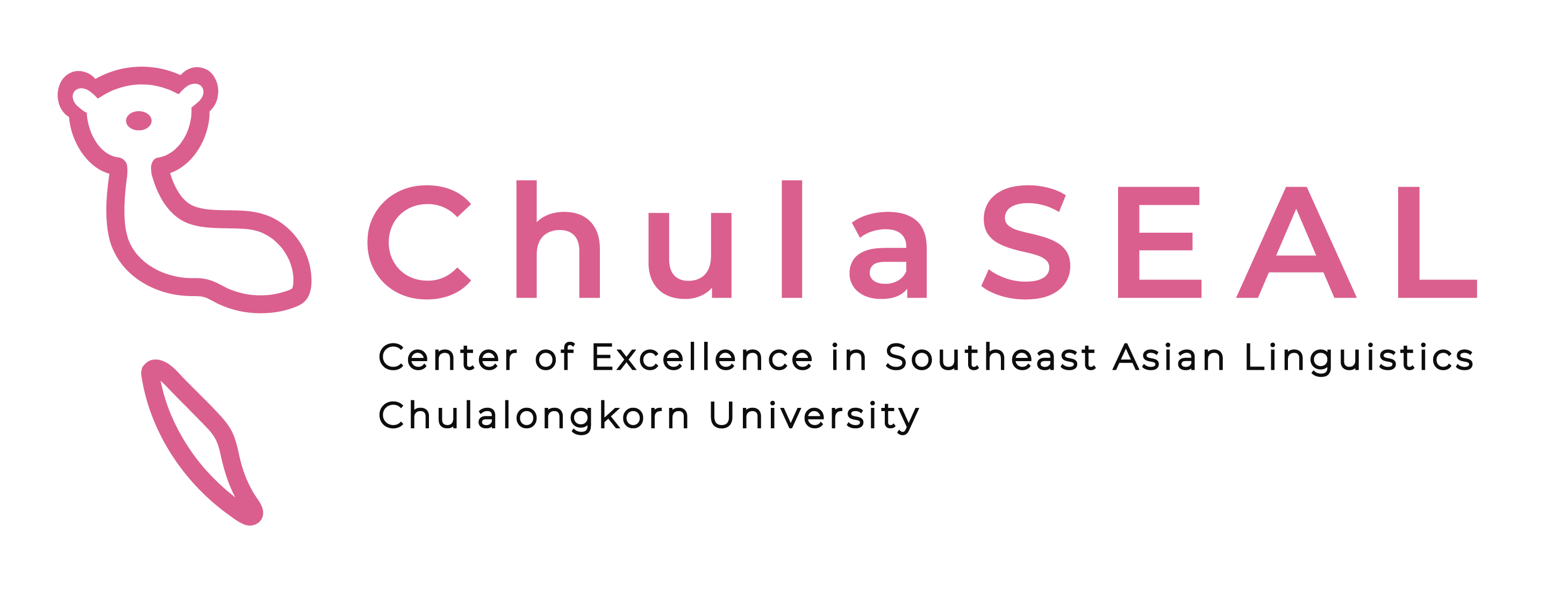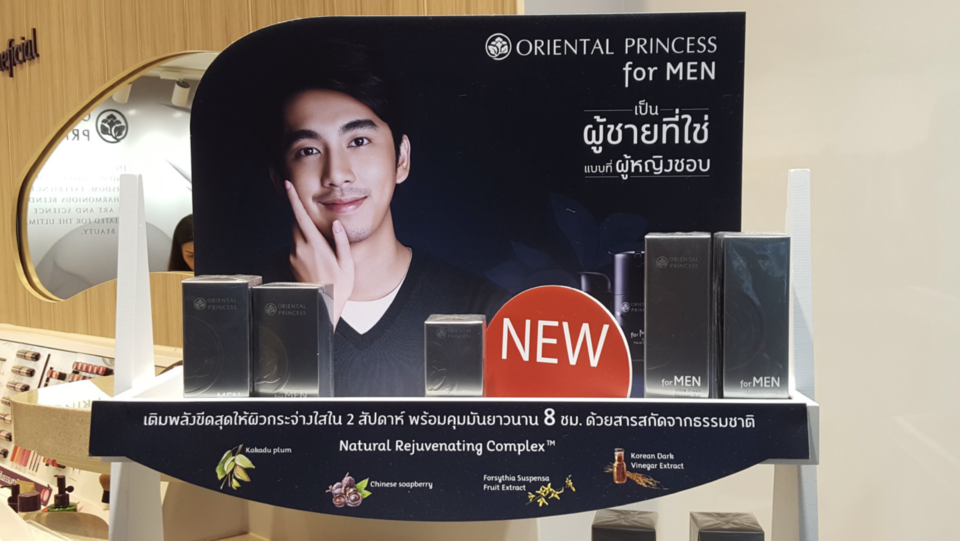From the commercialization and advertisement in our daily life, we could not deny that advertisements are powerful cultural forces, shaping our ideologies, especially in grooming product advertisements, where beauties standards are shaped. Traditionally, male endorsers were portrayed according to the existing ideology of hegemonic masculinity in the society – dominant, muscular, and high-status. Nevertheless, a novel archetype of “new man” is emerging: a man who values beauty, fashion, and self-care. This shift challenges advertisements to merge masculinity and beauty together, often relying on semiotic resources, such as dark colors, bold typefaces, and angular designs to connote strength, as well as promoting fair skin as a status symbol. Similarly, in Thai context, the concept and ideology of masculinity is also transforming urban influences blend the traditional strength with cosmopolitan qualities like style and body-consciousness. Therefore, in her recent study, Pavadee Saisuwan, faculty researcher at the Center of Excellence in Southeast Asian Linguistics (ChulaSEAL), explores how Bangkok’s male skincare ads depict this evolution, revealing a complex mix of old and new ideologies reflecting the changing identities in Thai society.
The study analyzed 32 male skincare ads in central Bangkok, examining both linguistic and visual elements. Linguistic components were analyzed using Halliday’s (1978) ideational, interpersonal, and textual metafunctions, while visual elements were explored through Ledin and Machin’s (2018) social semiotic framework. Goffman’s (1979) concepts of ‘gender display,’ including ‘feminine touch’ and ‘licensed withdrawal,’ were also applied to understand gender dynamics.
The results of the overall analysis suggest that linguistic patterns, such as the use of imperatives and persuasive language, as well as visual references to product presenters—mainly singers or actors—are prominent in the advertisements. The male models are depicted in “decontextualized settings,” implying that the ideal male image is attainable through the use of the advertised products. Additionally, the models often engage viewers with a direct gaze, encouraging eye contact, which contrasts with the ‘licensed withdrawal’ usually displayed by female figures.
Regarding traditional masculinity and heterosexuality, the author highlights an advertisement from “Oriental Princess,” a local Thai brand. The brand name is displayed in angular fonts, evoking “harsh” and “technical” qualities stereotypically linked to traditional male imagery. Furthermore, a female hand touches the male figure’s face, referencing the concept of the feminine touch and suggesting the satisfaction of the hand’s owner. Here, the man is positioned as an object of desire for the woman. This visual representation complements the advertising slogan in Thai, เป็นผู้ชายที่ใช่ แบบที่ผู้หญิงชอบ (“Be the right man, the type women like”).
The advertisements use the concept of the feminine touch to create an image of soft masculinity. In many ads, gentle postures, such as delicately holding the product, help construct an image of the “new man” who embodies traits previously associated with femininity. Additionally, a stroke of the product on the model’s cheek offers a softer image, using the feminine touch as a key visual resource to present a softer version of masculinity, blurring the boundaries between male and female cosmetics. This approach reflects the embodiment of the “new man” in Thai skincare advertising.
Furthermore, the inclusion of languages like Chinese and Korean not only serves communicative functions but also embodies linguistic fetishism (Kelly-Holmes, 2014), adding a layer of symbolic meaning. The multilingual content indexes the shared, transnational nature of “new masculinity” practices, especially men’s skincare routines across Asia. Thus, the image of the “new man” is constructed through both non-linguistic elements, such as gestures, and a transnational ideology embedded in multilingual texts.
Through a social semiotic lens, the study revealed how Thai skincare advertisements boldly reinterpret the ongoing ideologies of masculinity, by blending traditional ideals of heterosexuality with the rising concept of the new man. This dynamic representation is constructed through both linguistic and non-linguistic elements, illustrating a captivating interplay of power, desire, and self-expression. By blending classic masculine traits with novel cosmopolitan aesthetics, these advertisements do not only sell the skincare products, but they reshape cultural expectations, crafting a powerful vision of male identity that embraces both softness and strength in the evolving Thai linguistic/semiotic landscape.
Athit Wu
Bibliography
Goffman, Erving (1979) Gender Advertisements. New York: Harper and Row.
Halliday, Michael A.K. (1978) Language as Social Semiotic: The Social Interpretation of Language and Meaning. London: Edward Arnold.
Kelly-Holmes, Helen (2014) Linguistic fetish: the sociolinguistics of visual multi- lingualism. In David Machin (ed) Visual Communication 135–152. Berlin: De Gruyter Mouton.
Ledin, Per and Machin, David (2018) Doing Visual Analysis. London: Sage.

